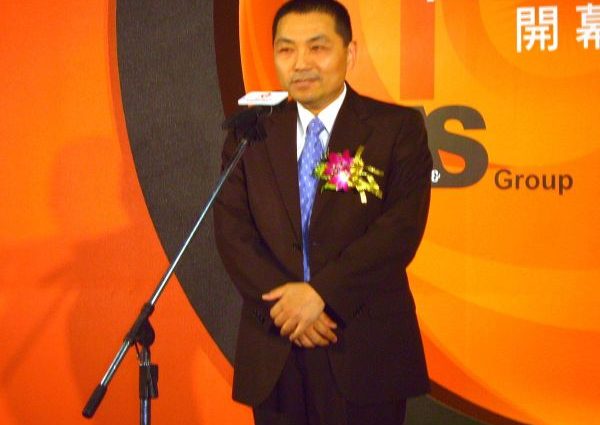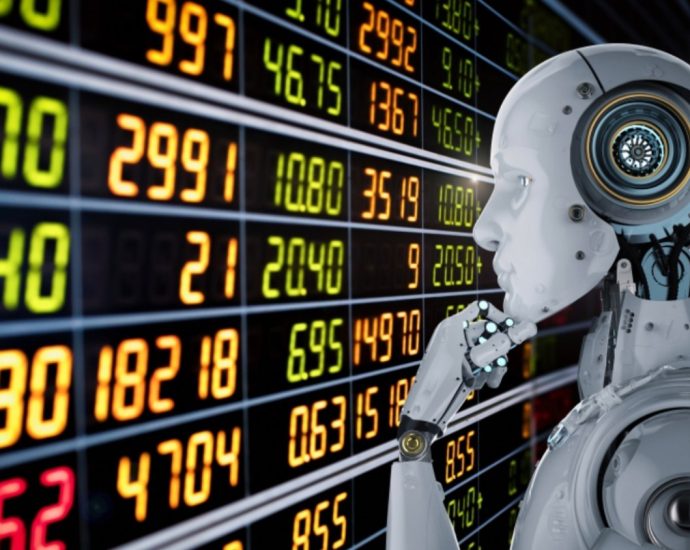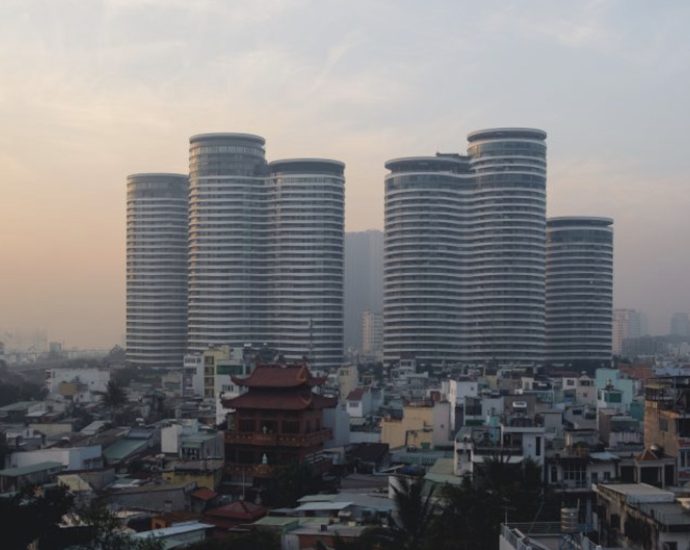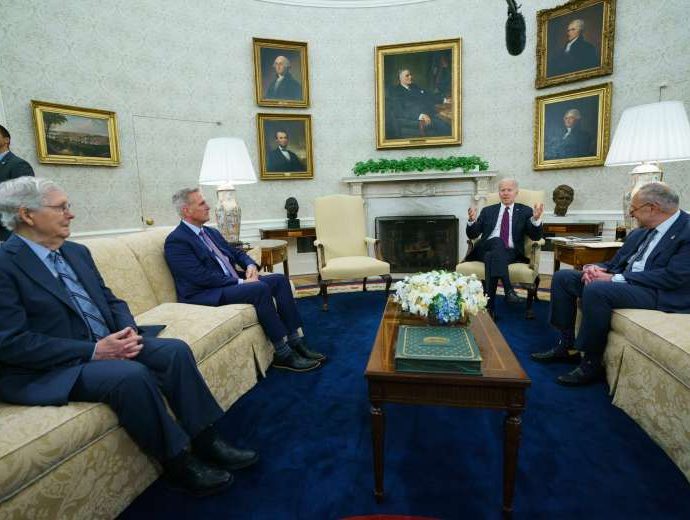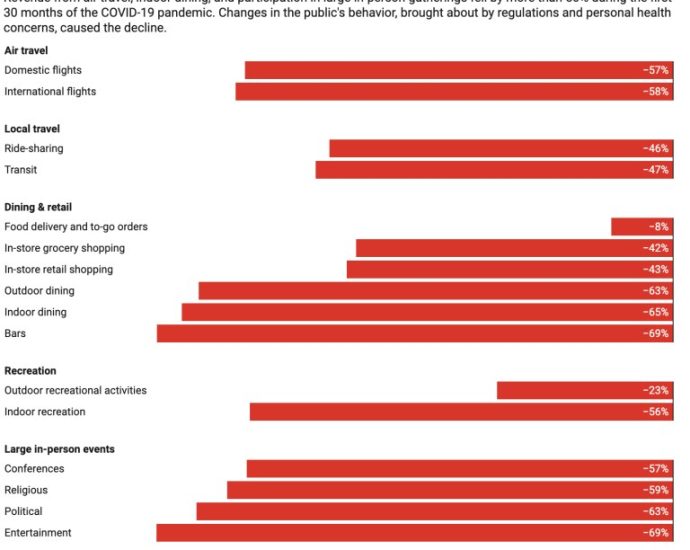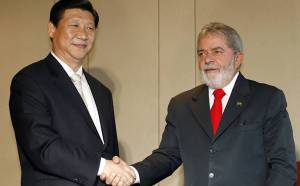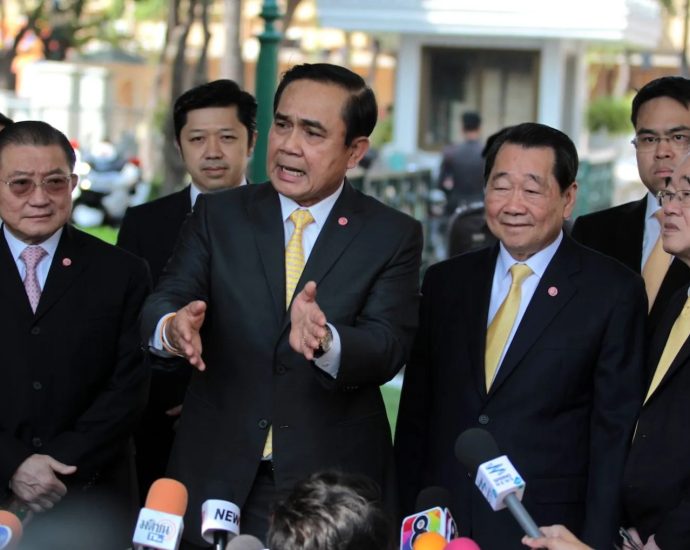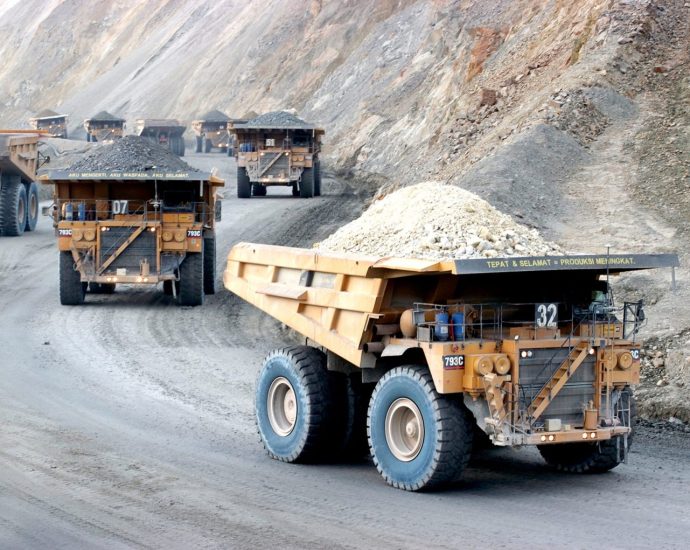Taiwan pushes FTA after closing US trade deal
Taiwan is seeking to reach a free trade agreement (FTA) with the United States after both sides concluded a trade initiative to boost their economic ties.
The United States Trade Representative announced on Thursday that the American Institute in Taiwan (AIT) and the Taipei Economic and Cultural Representative Office in the United States (TECRO) have concluded negotiations on the US-Taiwan Initiative on 21st Century Trade.
The agreement came just before the three-day G7 Summit started in Hiroshima in Japan on Friday.
Taiwanese media said Hsiao Bi-khim, representative of the Republic of China to the US, will visit Washington and sign the first phase of the trade initiative with her US counterpart within the coming weeks.
The first phase of this agreement covers five areas, including customs administration and trade facilitation, good regulatory practices, domestic services regulation, anticorruption and small-and-medium-sized-enterprises (SMEs).
“This agreement is not only the most comprehensive trade agreement signed between Taiwan and the US since 1979, but also represents an important milestone for Taiwan’s economic and trade system to meet high international standards,” the Office of Trade Negotiations, Taiwan’s Executive Yuan says in a statement. “This is also an important step in completing the Taiwan-US FTA by means of building blocks.”
In January 1979, the US established diplomatic relations with the People’s Republic of China as the Chinese Communist Party claimed to be a united front with the West against the Soviet Union. It also ended its diplomatic relations with Taiwan but has maintained trade and cultural exchanges with the island under the Taiwan Relations Act.
On Friday, Beijing said it resolutely opposes the US-Taiwan Trade Initiative.
“China firmly opposes all forms of official interaction with the Taiwan region by countries having diplomatic ties with China, including negotiating or concluding agreements with implications of sovereignty and of official nature,” Wang Wenbin, a spokesperson of the Chinese Foreign Ministry, said Friday.
Wang said the US must stop sending wrong signals to Taiwan separatists in the name of forming trade and economic ties with the island. He said the US should strictly abide by the one-China principle and the three Joint Communiqués with real actions.
Meanwhile, the State Council’s Taiwan Affairs Office (TAO) announced on Friday that China had reopened its doors to Taiwanese tour groups with immediate effect.
“We warmly welcome Taiwan compatriots to see the beautiful scenery and recent developments in the mainland,” said TAO spokesperson Ma Xiaoguang.
The symbolic move is seen as Beijing’s effort to increase exchanges with the island ahead of its presidential election in early 2024.
The central committee of Kuomintang (KMT), favored by the Chinese Communist Party (CCP), on Wednesday nominated New Taipei mayor Hou Yu-ih as KMT’s presidential candidate without having a primary election within the party.

Regional trade deals
In September 2021, Taiwan formally applied to join the Comprehensive and Progressive Agreement for Trans-Pacific Partnership (CPTPP) but progress has been slow so far.
In May last year, the Biden administration launched the Indo-Pacific Economic Framework for Prosperity (IPEF) but did not include Taiwan as a founding member. Founding nations include Australia, Brunei, Fiji India, Indonesia, Japan, South Korea, Malaysia, New Zealand, Philippines, Singapore, Thailand and Vietnam.
Last June, the US and Taiwan said they would begin bilateral trade talks. Both sides met initially last November and held a four-day negotiation in January this year with fruitful results.
“It’s usually easier to reach a bilateral trade deal than a multilateral one that involves more parties,” Darson Chiu, a research fellow of the Department of International Affairs and Macroeconomic Forecasting Center, Taiwan Institute of Economic Research, said in January. “The US-Taiwan Trade Initiative will help Taiwan enter the IPEF.”
On Friday, the US and Taiwan finalized the first phase of the trade initiative. Taiwan’s Minister Without Portfolio and Trade Representative John Deng said earlier this month that the second phase of the agreement, which covers seven areas such as agriculture and labor, should be reached by the end of this year.
“This accomplishment represents an important step forward in strengthening the US-Taiwan economic relationship,” US Trade Representative Katherine Tai said Thursday. “We look forward to continuing these negotiations and finalizing a robust and high-standard trade agreement that tackles pressing 21st century economic challenges.”
Tai said US businesses will be able to bring more products to Taiwan and Taiwanese customers, while creating more transparent and streamlined regulatory procedures that can facilitate investment and economic opportunities in both markets, particularly for SMEs.
Chinese pundits’ criticism
While Taiwanese President Tsai Ing-wen said Taiwan will be able to sign a FTA with the US, Chinese commentators poured cold water on the idea.
“The biggest intention of the Democratic Progressive Party (DPP) to sign the so-called US-Taiwan Trade Initiative is to sell Taiwan to the US and maximize the US’s benefits on the island,” Kong Fan, a Sichuan-based reporter for Nouvelles d’Europe, a pro-Beijing newspaper, writes in an article on Friday.
Kong says the DPP wants to use this deal to form stronger political and military ties with the US in order to promote Taiwan independence.
He says the US avoided discussing tariff exemptions and market access but highlighted its benefits. He says before this, the US has been pressuring TSMC to build foundries in Arizona and the Taiwanese government to buy US weapons.
On June 2 last year, Tseng Ming-chung, convener of the KMT legislative caucus, criticized the DPP for exaggerating the benefits of the US-Taiwan Trade Initiative, which does not mention FTA or CPTPP membership.
But after seeing the actual trade initiative on Friday, Tseng said the Tsai administration should “sign it as soon as possible” and make good use of the close bilateral relations to resolve tariff and double taxation issues with the US.
Read: Beijing cools Taiwan issues ahead of G7 Summit
Read: US-Taiwan trade deal talks defy China’s warning
Follow Jeff Pao on Twitter at @jeffpao3

